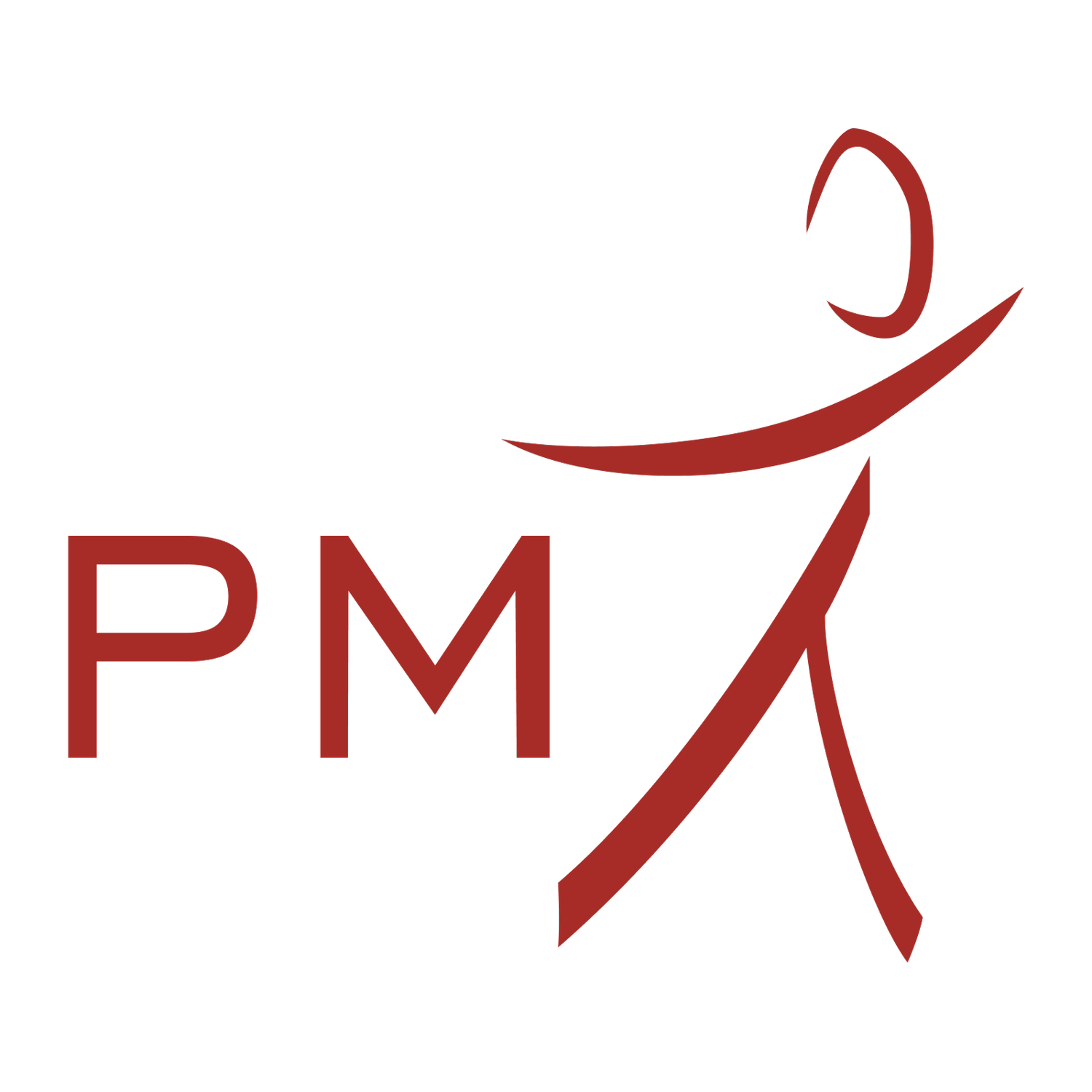Breast Cancer & Physiotherapy
Breast cancer is the most common form of cancer that women will suffer in their lifetime. In 2018, one in eight women in the USA developed breast cancer and for men, breast cancer affects one in a hundred.
Modern medicine has vastly improved survival rates, but the effects of treatment can have negative impacts on a patient's emotional and physical health.
Treatment for breast cancer involves a combination of surgery (lumpectomy or mastectomy), radiation, chemotherapy, hormonal therapy and medication.
Although lifesaving, post breast cancer treatment, patient’s may experience any of the following impairments:
Decreased strength of the upper extremity
Decreased shoulder mobility
Scar tightness (breast and/or axilla)
Upper extremity ache
Lymphedema of the upper extremity
Neuropathic pain
Musculoskeletal pain (breast, axilla, and/or neck-shoulder)
At PhysioMotion our experienced team of therapists will aim to return you to full health with our services:
Motion exercises to improve tissue extensibility and facilitate normal movement patterns
Myofascial release for mobility and enhance tissue extensibility
Manual therapy for joint mobilisation, neurodynamic & soft tissue release
Exercise programs to return to physical health progressing towards a more advanced cardio-respiratory and strength regime
Breast Cancer Related Lymphedema (BCRL)
Breast cancer – related lymphedema (BCRL) is a potentially debilitating and often irreversible complication of breast cancer treatment. Risk of BCRL is proportional to the extent of axillary surgery and radiation. Unfortunately, one in five people will develop BCRL and there is no curative treatment at present, but early diagnosis and management leads to best outcomes.
The implications of treatment for breast cancer for BRCL are:
Surgery: Removal of lymph nodes affects lymph fluid drainage from one side of the upper body (chest, ribcage, arm and hand) to the axillary nodes. The more lymph nodes and vessels removed, the higher chance of BCRL.
Radiation: Forms scar tissue in the soft tissue that presses on or narrows remaining lymph vessels and nodes interfering with the lymph flow from the body to the axillary nodes.
Chemotherapy: Ese of docetaxel can be a risk factor for BCRL
At PhysioMotion, our Lymphedema Physiotherapist can help treat this condition with the internationally recognised standard of care Complete Decongestive Therapy (CDT).
Treatment & management will consist of:
Quality patient education that begins early in the post-operative period and is followed by evidence-based physiotherapy
Manual lymphatic drainage (MLD), a type of manual therapy, is frequently used for BCRL and often as part of complex decongestive therapy (CDT).
CDT is a fourfold conservative treatment which includes MLD, compression therapy (consisting of compression garments), skin care, and lymph-reducing exercises (LREs)
We will support and encourage you to return to full activities.
Research has shown that no activity level, occupation or hobby is related to developing lymphedema. Resistance training has been shown to be safe and may assist in preventing lymphedema.





